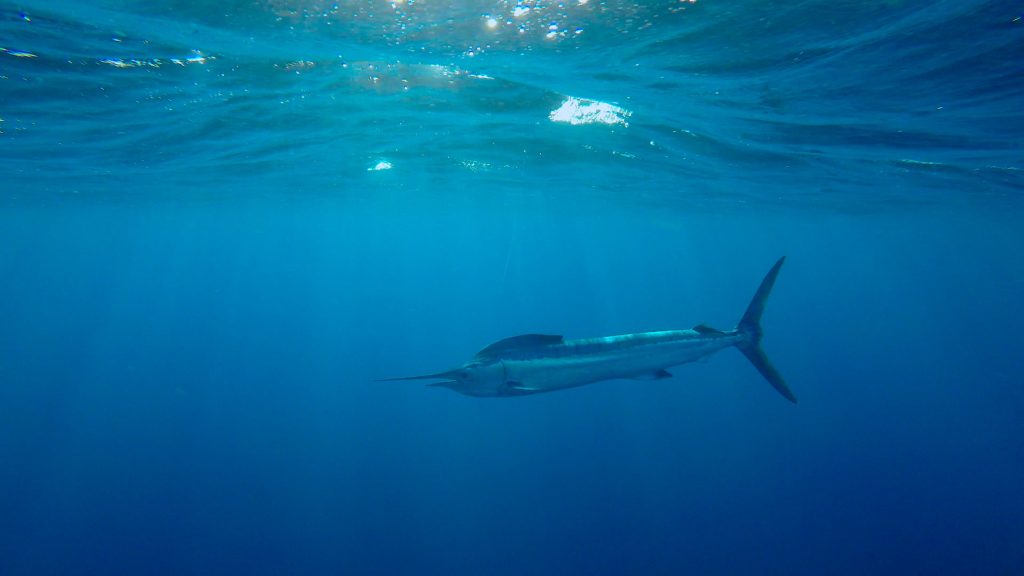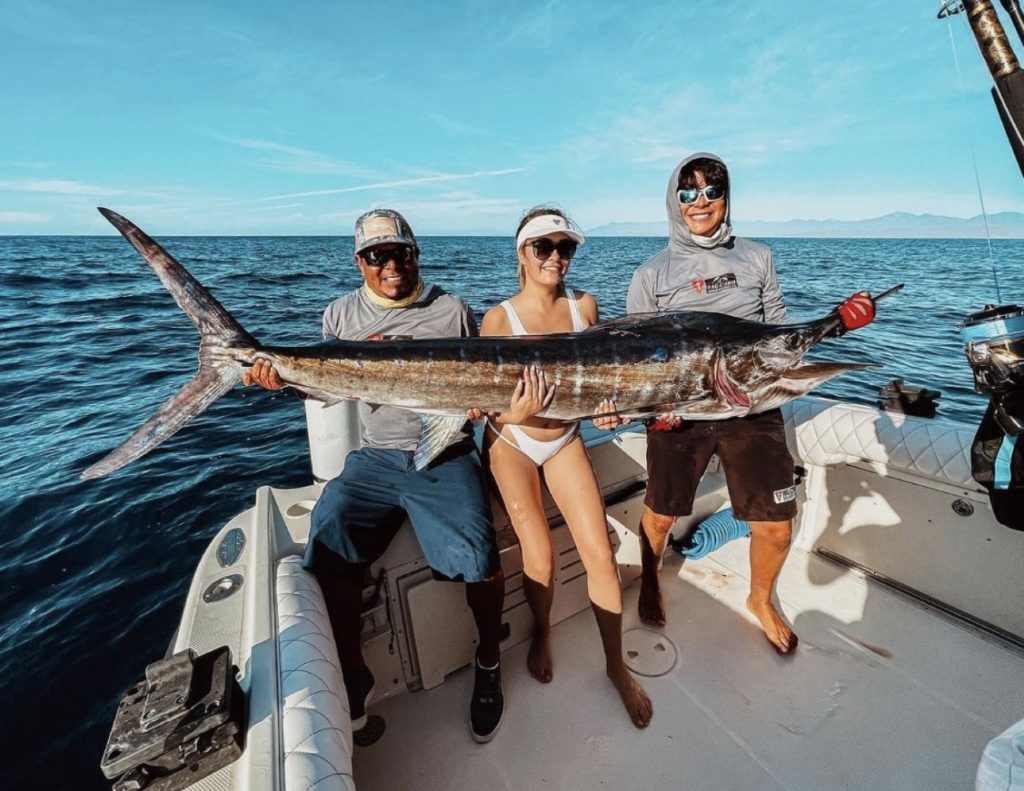Mastering the Art of Live and Dead Bait Rigging for Marlin Fishing
If you’re an angling enthusiast, there’s a good chance that you hold a certain fascination for marlin fishing. This popular sport presents an exhilarating blend of technical expertise, strategy, and nature. However, marlin fishing isn’t just about casting your line into the water; it requires a complex understanding of the game fish’s behavior, the ocean’s currents, and the selection and rigging of the right bait.
In this comprehensive guide, we’ll explore the different techniques used to rig live and dead bait for marlin fishing. This information will be crucial to enhancing your marlin fishing experience and increasing your odds of landing these magnificent creatures.
Understanding Marlin Fishing
Marlins are one of the most sought-after game fish species, prized for their beauty, strength, and size. These pelagic fish species, known for their elongated bodies, a spear-like snout, or bill, and a long, rigid dorsal fin, can reach speeds of up to 50 mph and leap up to 15 feet out of the water.
The most popular species targeted by anglers worldwide include the Blue Marlin and the Striped Marlin. Each of these species offers unique challenges and rewards to the angler. Particularly, the waters of Cabo San Lucas, Mexico, are famous for the Striped Marlins. These fishing grounds provide some of the best opportunities for anglers to land these magnificent species.
The Importance of Bait Rigging
The technique used to rig your bait, whether live or dead, can significantly influence your success when fishing for marlin. The right bait rigging method ensures that the bait looks natural in the water, thereby attracting the fish and persuading them to strike.
Different factors come into play when deciding which rigging technique to use. These factors include the bait’s size and type, the current, water temperature, and the specific marlin species you are targeting.
Live Bait Rigging for Marlin
Live bait rigging is a preferred method for many anglers due to the natural movement and scent trail that live bait produces in the water. This section will cover two popular live bait rigging techniques: bridle rigging and nose hooking.
Dead Bait Rigging for Marlin
While live bait is often the go-to for many anglers, dead bait can be just as effective when rigged correctly. We’ll discuss two common techniques for rigging dead bait: the single-hook rig and the double-hook rig.
Single-Hook Rig
A single-hook rig is an effective and versatile setup commonly used for marlin fishing, particularly when using dead baits like ballyhoo, mullet, or mackerel.
- Materials: You’ll need a J hook or circle hook, a leader line, crimping pliers, crimps, rigging wire, and your choice of bait.
- Procedure: First, thread your leader through the eye of the hook. Then, use a crimp to secure the hook to the leader, ensuring that the hook shank aligns with the leader. Crimp the leader using the crimping pliers to secure it. Once this is done, you’re ready to rig the bait.
Slide the hook point under the bait’s backbone, just behind its head, making sure the point exits on top. The hook should sit in the fish’s throat latch when done correctly. Finally, secure the bait to the leader with rigging wire. Wrap the wire around the bait’s nose, then twist it around the leader. Make sure the bait is straight on the hook to mimic a natural swimming motion when trolled.
This rigging technique allows the bait to have a lifelike swimming motion in the water, triggering a strike from predatory marlins. However, single-hook rigs require careful hook placement to ensure proper bait presentation and to avoid damaging the bait.
Double-Hook Rig
A double-hook rig is an excellent option when targeting large marlin species. The addition of a second hook increases the chances of a solid hook-up, particularly when a marlin strikes short or attacks the bait from the side.
- Materials: You’ll need two J hooks or circle hooks, a leader line, crimping pliers, crimps, rigging wire, and your choice of bait.
- Procedure: Begin by threading your leader through the eyes of both hooks. Secure the hooks to the leader using a crimp, ensuring that one hook aligns with the leader while the other points outwards.
Then, rig the bait. Insert the first hook under the bait’s backbone just behind its head, allowing the point to exit on top. The second hook should be left free to swing, and can either be embedded in the side of the bait or left to trail. As with the single-hook rig, secure the bait to the leader with rigging wire.
The double-hook rig is effective when marlin are feeding aggressively, often leading to better hook-ups. However, it can be more complex to set up correctly, and additional care must be taken to avoid tangling.
Conclusion
The art of bait rigging for marlin fishing is a blend of skill, understanding of the marlin behavior, and knowledge of how different baits move in the water. Proper rigging increases your chances of attracting and catching these incredible game fish, making your angling adventure even more rewarding.
Whether you opt for live bait rigging methods such as bridle rigging or nose hooking, or prefer dead bait techniques like the single or double-hook rig, the key lies in making your bait appear as natural as possible.
So whether you’re off to the bountiful waters of Cabo San Lucas or exploring other productive marlin territories, keep these tips in mind to ensure your bait is rigged for success. Enjoy the thrilling experience of marlin fishing, knowing that you’ve got the best bait rigging techniques at your disposal.


